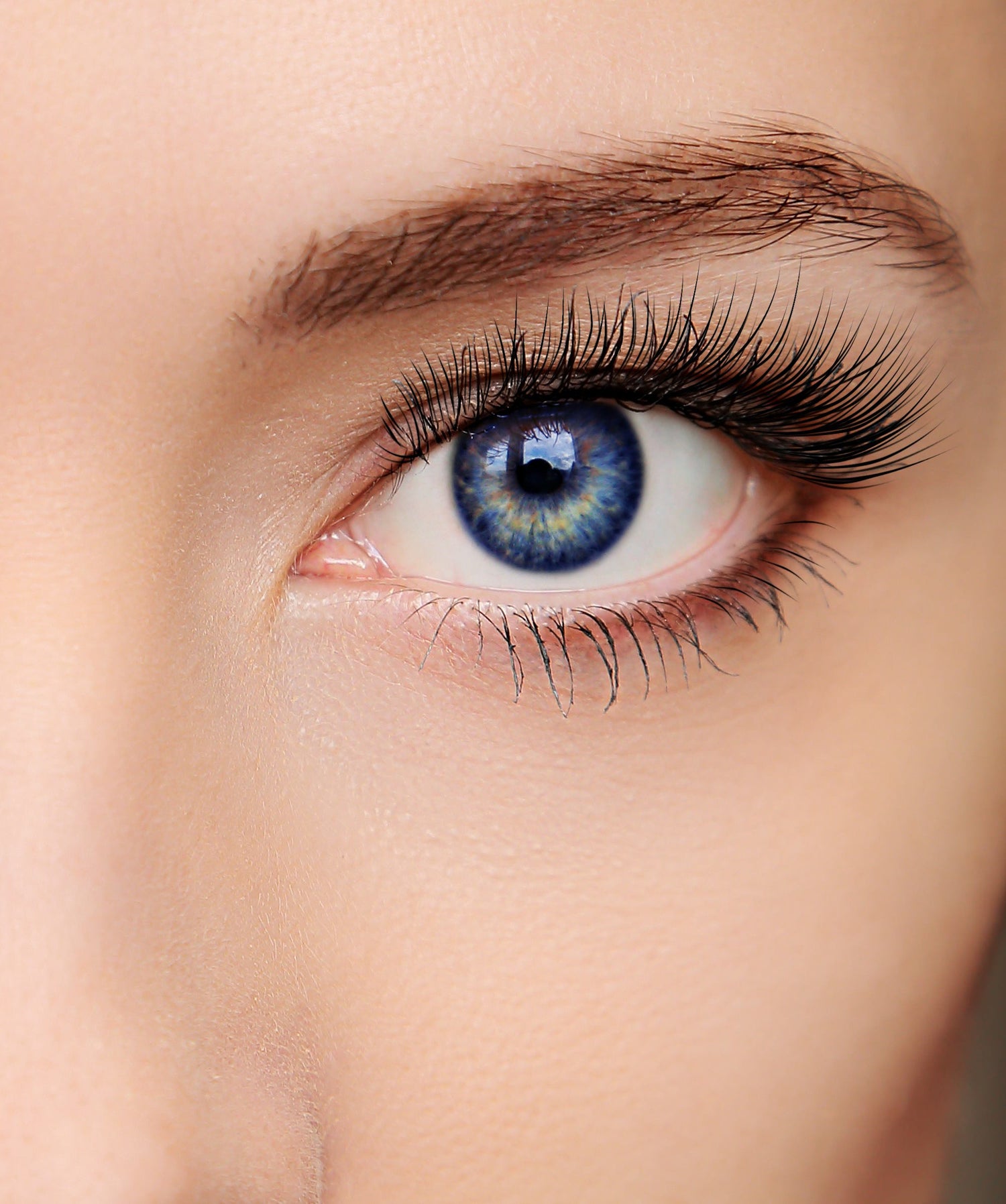Hypochlorous Acid
What is Hypochlorous Acid (HOCl)?
Hypochorous acid is the active ingredient in Eyethos mist and is a naturally occurring substance produced by the body’s white blood cells to fight off bacteria and infections. It’s a powerful, yet gentle antimicrobial ingredient that cleans and soothes the skin without irritation.
What is Hypochlorous Acid used for?
Widely used in medical and eye care, hypochlorous acid helps reduce bacteria, fight inflammation, and promote healthy, clean lashes.
Safe, non-toxic, preservative free and pH-balanced, it’s perfect for everyday use—especially for those with lash extensions, lifts, or tints. Even without eyelash extensions, hypochlorous acid is widely used in reducing bacteria load on the eyelid and eyelashes.
HOCl also has anti-inflammatory effects that are safe and soothing for the skin.
Eye Health
How can lash artists be better with educating clients on eye health to limit the concern in these areas?
- Daily lid hygiene is 100% important
- Whether not you have lashes, removing eye make up every single night is important
- See your local optometrist Q2 years
- If you have dry eye, make sure you treat it before getting eyelash extensions
When should a lash artist refer a client to an eye doctor? Are there any symptoms we should be looking out for?
- Styes, recurrent dry eye disease complaints, pain, contact dermatitis, etc
- You should never feel your eyes , remind your clients this, if so they may have underlying dry eye disease which should be looked at prior to lashing
Online Shop
Questions and answers to help you with our website and shopping experience
What is your return policy?
We want you to be delighted with Eyethos. You can find our return policy here
What countries do you ship to
We currently ship within North America and will be adding new countries very soon. If you are interested, please let us know at hello@eyethosbeauty.com
Do you wholesale?
Yes! Please contact us at hello@eyethosbeauty.com to start a discussion
Can't find what you're looking for?
Send us an email and someone from our Customer Service team will get back to you as soon as possible. Be sure to include your order number (if you have one).
Please email us at hello@eyethosbeauty.com


